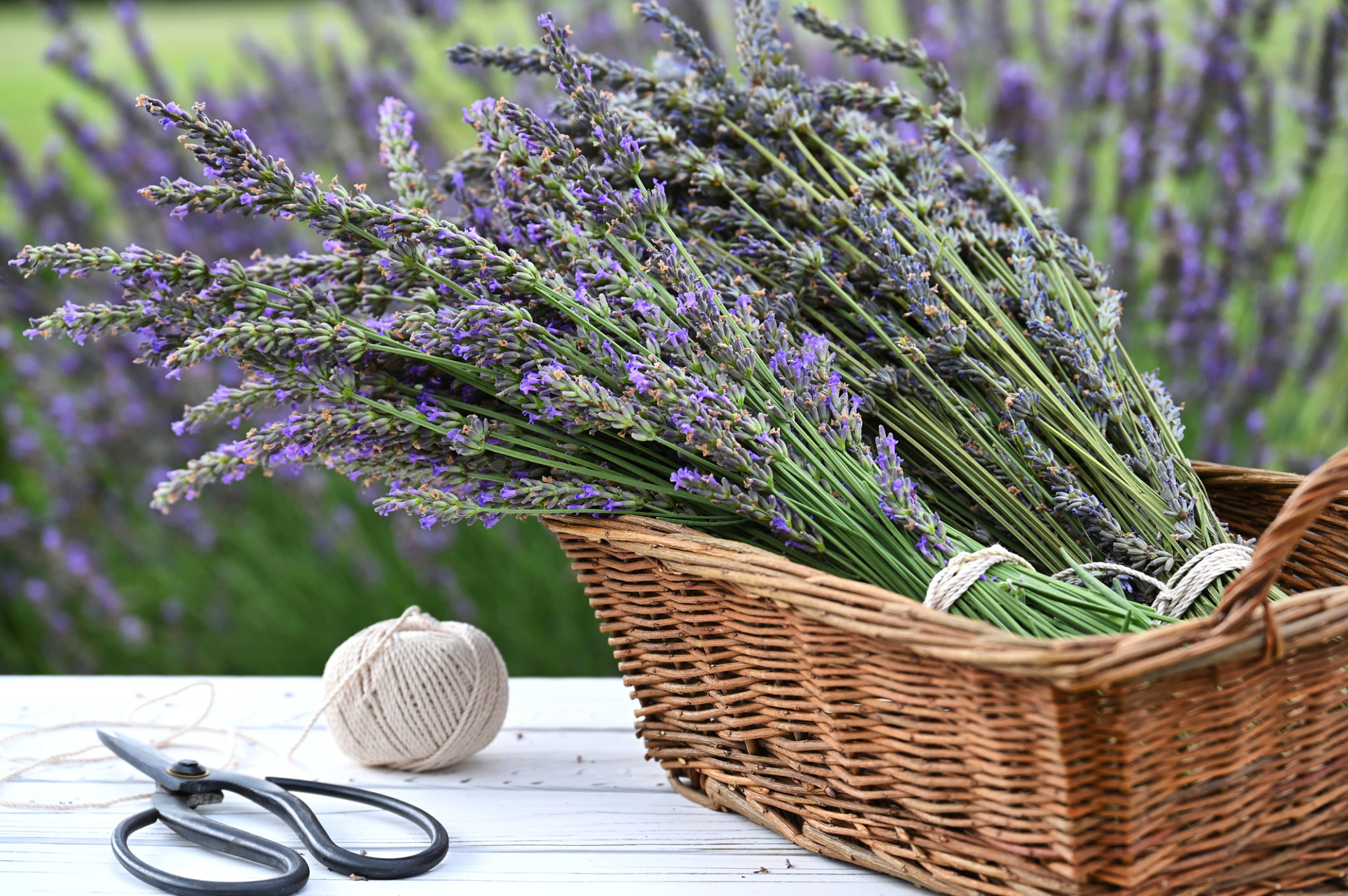How Horticultural Therapy Aids Rehabilitation: A Comprehensive Guide
Understanding Horticultural Therapy
Horticultural therapy is a therapeutic practice that involves the use of gardening and plant-based activities to support mental and physical rehabilitation. It has been gaining recognition for its ability to aid in the recovery of individuals facing various challenges, from physical disabilities to mental health issues. This therapy leverages the healing power of nature, promoting a sense of well-being and personal growth.
The core principle of horticultural therapy is that interaction with plants can improve the quality of life. Engaging in gardening activities can lead to increased physical activity, improved cognitive function, and enhanced emotional health. These benefits make it a valuable tool in rehabilitation settings.

The Benefits of Horticultural Therapy
One of the primary advantages of horticultural therapy is its ability to improve physical health. Gardening tasks, such as planting, watering, and weeding, require various movements that can enhance strength, coordination, and balance. This can be particularly beneficial for individuals recovering from injuries or surgeries.
Moreover, horticultural therapy can have a profound impact on mental health. It has been shown to reduce stress, anxiety, and depression by encouraging mindfulness and providing a calming environment. The act of nurturing plants fosters a sense of purpose and accomplishment, which can be incredibly empowering for individuals in rehabilitation.

Social and Cognitive Benefits
In addition to physical and emotional benefits, horticultural therapy also offers social advantages. Participating in group gardening activities can improve communication skills and foster a sense of community among participants. This social interaction is vital for those who may feel isolated due to their physical or mental conditions.
Cognitively, horticultural therapy stimulates the brain by requiring planning, problem-solving, and decision-making skills. These activities help maintain cognitive function, which is especially important for older adults or those with cognitive impairments.
Implementing Horticultural Therapy in Rehabilitation
Integrating horticultural therapy into rehabilitation programs involves creating a structured plan that aligns with each participant's individual goals. This might include designing personalized gardening tasks that target specific physical or cognitive needs. Rehabilitation centers can develop dedicated garden spaces where participants can engage in therapeutic activities under the guidance of trained horticultural therapists.

Success Stories and Research
Numerous studies have demonstrated the effectiveness of horticultural therapy in rehabilitation settings. For instance, research has shown that stroke survivors who participate in horticultural therapy experience improved motor skills and a greater sense of well-being. Similarly, veterans with PTSD have reported reductions in symptoms after engaging in gardening activities.
The success of these programs underscores the potential of horticultural therapy as a complementary treatment method. By incorporating nature-based activities into rehabilitation, individuals can experience holistic healing that encompasses both body and mind.
Conclusion
Horticultural therapy is more than just gardening; it is a powerful therapeutic tool that aids in the rehabilitation process by enhancing physical, mental, and social well-being. As awareness of its benefits continues to grow, more rehabilitation centers are incorporating this practice into their programs. Whether used for physical recovery or mental health support, horticultural therapy offers a natural path to healing and personal growth.